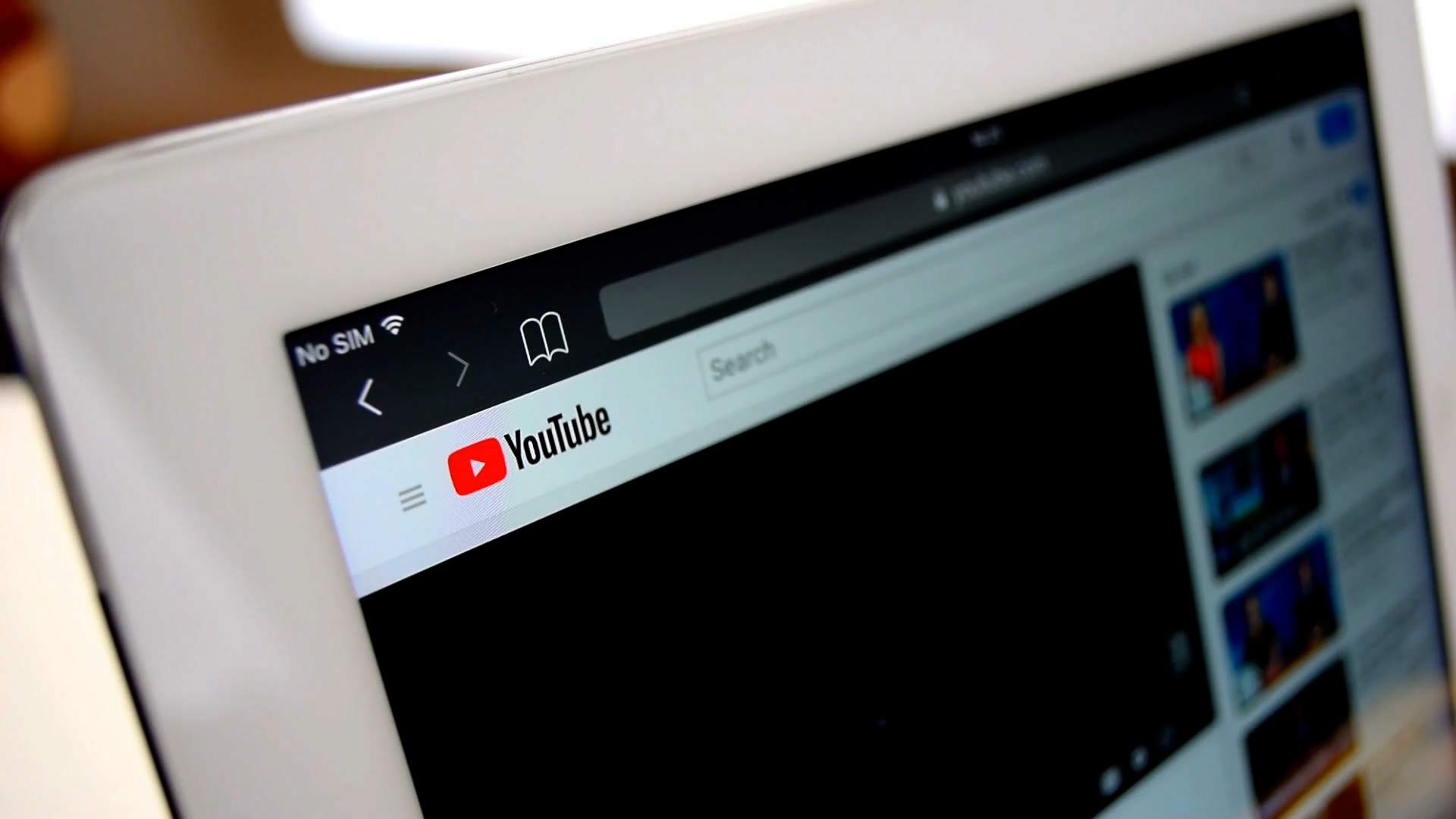
Source: Pexels
Once considered just a disruptive or complementary approach to traditional advertising, digital marketing is now poised to become the norm. In fact, current statistics show that 46% of all marketing is digital and global spending on this has reached close to $400 billion. With market trends, consumer demands, and numerous technologies consistently evolving in favor of digital marketing, analysts expect that billions of people worldwide will soon be interacting purely through digital efforts.
Though the reasons behind digital marketing’s rise to the top are plentiful, here are some of the most timely reasons that stakeholders should take note of.
The New Consumer Market
As more Gen-Z consumers come of age their spending power (estimated to be around $44 billion) begins to influence marketing and advertising expectations. As the first generation of digital natives, they’re naturally more inclined to prefer online transactions than millennials or boomers.
According to studies from online advertisers, GenZers depend on digital mediums for their shopping. Currently, 98% of all GenZers own a smartphone and use it to research brands and make orders. As such, many marketers are choosing to pivot their initiatives to be more mobile-friendly. By 2030, mobile ad spending is expected to hit almost $160 billion in order to better reach more primary consumers.
Social Media’s Global Power
Over the past decade, social media’s massive growth has spawned its own field of specialized marketing. Specialists in this area are called social media marketers, and they are responsible for optimizing each platform’s native capabilities. These include global reach, emotive advantages, and the ability to access valuable, actionable data about target markets among others. On top of this, social media marketers are able to leverage the unparalleled consumer engagement that social media provides.
Social media engagement creates a sense of transparency, community, and credibility that consumers crave. In fact, 1 in 3 contemporary consumers use social media to find new products, while 62% agree that brands without social media won’t survive. All in all, this has resulted in 89% of business executives deeming social media as essential in their marketing.
Video Content is King
Gone are the days when video content was purely for TVCs or entertainment. Today, video is the chosen form of content among consumers and marketers alike. Evidence has shown that video marketing is so effective that it can increase conversions by up to 80%. Given that primary consumers are also often on their phones and on social media—as discussed earlier—video content is easier to integrate and use to create engagement.
YouTube, TikTok, and Instagram have made it very easy to upload high-quality videos in order to find an audience. As such video marketers, are able to take advantage of these platforms’ native audiences for their own brand goals. Aside from improving sales, this also includes increasing brand awareness, SEO compatibility, and consumer interest. However, since 84% of marketing analysts say that video is the most difficult content to make, it’s best to onboard a professional for this task. If you’re in need of such services, you can start your project with Bottle Rocket Media or learn more about video production services offered.
Should You Adopt Digital Marketing Today?
Despite all the points we’ve discussed above, some may still ask if digital marketing is critical for every brand. The answer is yes, absolutely. Regardless of whether you’re a local mom-and-pop store or a large conglomerate, it’s important that your advertising strategies incorporate digital marketing. In this way, as we fully transition into a digital-first era, keeping your marketing strategies aligned can help you future-proof your business.
Writer Ashlyn Jourdan for bottlerocketmedia.net





